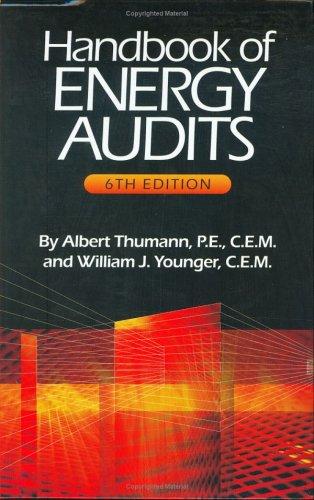1. (40 pts) For an oil field, 3 different field development plans are under consideration for the next 10 years. Annual oll production forecast (MSTB) for each plan are given below: - Investment requirements (capital expenses) and operating costs for these plans and other considerations are given in the table below, with other economic constants. - All capital investments will be made at the beginning of the project (Year 0). - Operating costs (OC) only for the 1st year of operation are given below. These costs are expected to escalate by 10% in each subsequent year, i.e.: OCn=OCn1(1+i) - Oil price is assumed to remain stable during the next 10 years. - Estimated life of all tangible items is 10 years and the salvage value in depreciation calculations can be taken as 0. Construct the cash-flow table for all plans to obtain the Net Cash Flow Before Tax (Column 12) and After Tax (Column 14) and show the following: - Cash-flow table with all values (similar to the format given in the handout) - Depreciation allowance calculations (a sample calculation for a given year) - Depletion allowance calculations (a sample calculation for a given year) NOTE: The same cash-flow model will be used in some parts of upcoming homeworks. The spreadsheet must be built in a way that calculations refer to all input parameters (constants). Save your spreadsheet and correct your mistakes accordingly after the solutions are uploaded. Future homeworks will require manipulation of input parameters for the same cash-flow model. 2. (10 pts) When companies purchase the production rights for a specific lease area, sometimes lease boundaries intersect with the reservoir area. This causes different companies to produce from the same reservoir while each of them has their own interests. Same problem happens when country borders go through the reservoir. Over the years, to overcome this problem several methods have been proposed and unitization approach has been widely accepted as a reasonable solution. Watch the following video published by Society of Petroleum Engineers (SPE) to learn more about unitization, and answer the following questions briefly in your own words: Title: Who Owns the Oil? The How and Why of Unitization Presenter: Doug Peacock, Technical Director with Gaffney Cline Web page: https://www. youtube.com/watch?vwykJhFkNUXqc - How does unitization work? - Why do unitization agreements need to be continuously updated during the life of a field from production to abandonment (i.e. re-determination)? - Why estimated ultimate recovery (EUR) is not generally preferred to be used as a parameter to determine unitization rules? - What is rule of capture and how could it affect the reservoir badly? - In what conditions, it does not make sense to complete the unitization process? For each question, your answer should not be more than 3 sentences. 1. (40 pts) For an oil field, 3 different field development plans are under consideration for the next 10 years. Annual oll production forecast (MSTB) for each plan are given below: - Investment requirements (capital expenses) and operating costs for these plans and other considerations are given in the table below, with other economic constants. - All capital investments will be made at the beginning of the project (Year 0). - Operating costs (OC) only for the 1st year of operation are given below. These costs are expected to escalate by 10% in each subsequent year, i.e.: OCn=OCn1(1+i) - Oil price is assumed to remain stable during the next 10 years. - Estimated life of all tangible items is 10 years and the salvage value in depreciation calculations can be taken as 0. Construct the cash-flow table for all plans to obtain the Net Cash Flow Before Tax (Column 12) and After Tax (Column 14) and show the following: - Cash-flow table with all values (similar to the format given in the handout) - Depreciation allowance calculations (a sample calculation for a given year) - Depletion allowance calculations (a sample calculation for a given year) NOTE: The same cash-flow model will be used in some parts of upcoming homeworks. The spreadsheet must be built in a way that calculations refer to all input parameters (constants). Save your spreadsheet and correct your mistakes accordingly after the solutions are uploaded. Future homeworks will require manipulation of input parameters for the same cash-flow model. 2. (10 pts) When companies purchase the production rights for a specific lease area, sometimes lease boundaries intersect with the reservoir area. This causes different companies to produce from the same reservoir while each of them has their own interests. Same problem happens when country borders go through the reservoir. Over the years, to overcome this problem several methods have been proposed and unitization approach has been widely accepted as a reasonable solution. Watch the following video published by Society of Petroleum Engineers (SPE) to learn more about unitization, and answer the following questions briefly in your own words: Title: Who Owns the Oil? The How and Why of Unitization Presenter: Doug Peacock, Technical Director with Gaffney Cline Web page: https://www. youtube.com/watch?vwykJhFkNUXqc - How does unitization work? - Why do unitization agreements need to be continuously updated during the life of a field from production to abandonment (i.e. re-determination)? - Why estimated ultimate recovery (EUR) is not generally preferred to be used as a parameter to determine unitization rules? - What is rule of capture and how could it affect the reservoir badly? - In what conditions, it does not make sense to complete the unitization process? For each question, your answer should not be more than 3 sentences








